
Policing’s Role in Racial Segregation: 50 Years After the Fair Housing Act
By Rahim Kurwa Assistant Professor, University of Illinois…
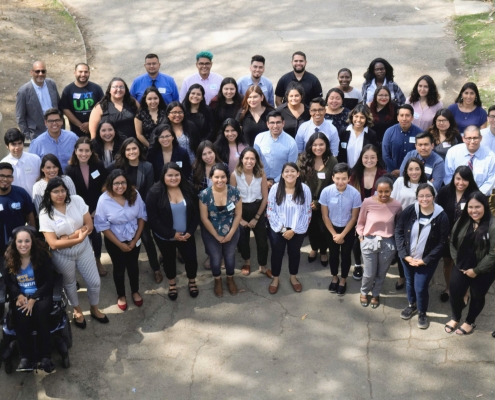
Dream Summer 2018: Engaging and Developing Immigrant Youth Leadership
By Abel Valenzuela Jr. Professor and Director of the UCLA…

We Need Social Sciences to Understand Disease Patterns
By Kayuet Liu Associate Professor, UCLA Sociology Affiliate,…

LA Social Science Presents “Conversations with Changemakers” Featuring Dr. Bill Worger
Dr. Bill Worger, Professor of History at UCLA, is working…
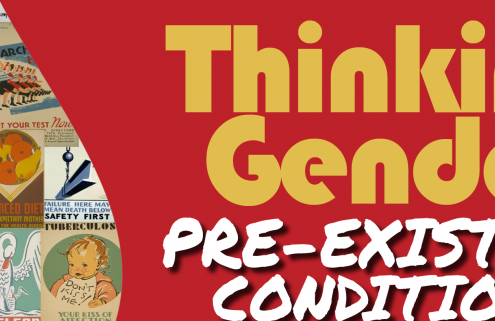
Reflecting on an Evening of Art, Health, & Thinking Gender
By Drew Westmoreland, MSPH, PhD 2018 Thinking Gender Coordinator Thinking…
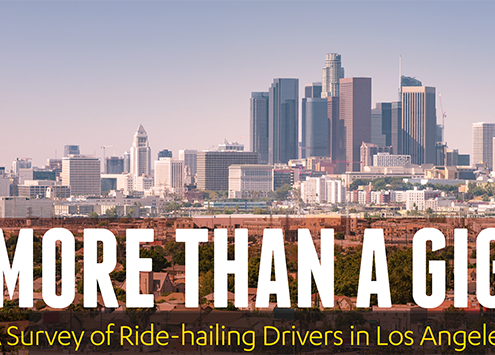
More Than a Gig: A Survey of Ride-Hailing Drivers in Los Angeles
By Abel Valenzuela Jr. Professor and Director of the UCLA…
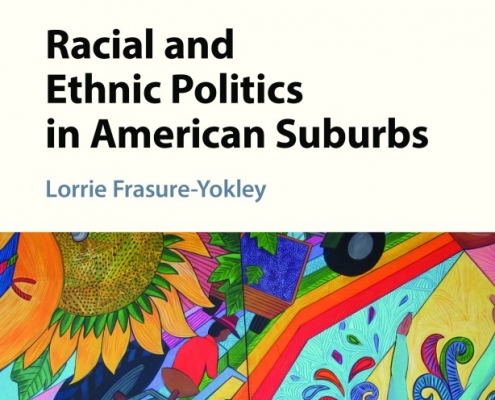
PART 2: “Conversations with Changemakers” featuring Dr. Lorrie Frasure-Yokley
The following interview with Changemaker Dr. Lorrie Frasure-Yokley…
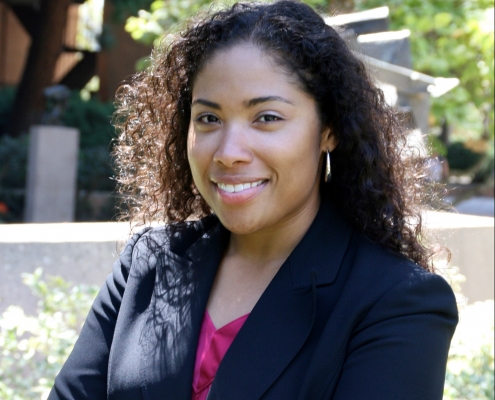
LA Social Science Presents “Conversations with Changemakers” Featuring Dr. Lorrie Frasure-Yokley
Although the academic year is winding down, Dr. Lorrie Frasure-Yokley,…

From Tide Pods to Perfumes: UCLA CSW’s Chemical Entanglements Initiative
By Gracen Brilmyer, Graduate Student Researcher, UCLA Center…
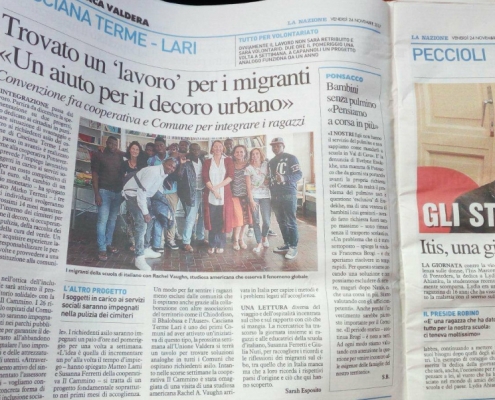
‘Divieto dare da Mangiare’: Migrant Angst & Policing the Edible in Italy
By Dr. Rachel Vaughn Assistant Adjunct Professor in the UCLA…

